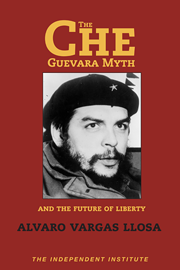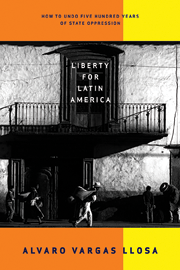CIUDAD JUAREZ, Mexico—This is known as the most dangerous city in the world and it feels like it.
Half of Juarez—just across the Rio Grande from El Paso, Texas—looks like a ghost town; the other resembles a battle zone briefly gone quiet so that cars can get out. Many assembly plants are silent, commercial centers are as lifeless as the cotton fields east of town, restaurants and bars are half-empty, and even the facade of the morgue is riddled with bullets. Thousands of run-down cars seem to be just cruising, their drivers having no destination in mind. Street vendors in the small plaza where the cathedral stands do little more than talk to each other, and the soldiers riding around with their fingers on the triggers look more tense than the civilians.
On the morning I arrived here, a woman was found buried in her own backyard a few blocks from where I am staying; two bodies were also identified in Anapra, a nearby slum. When I went to dinner, I learned that four people had been shot earlier outside the same restaurant. Another shootout had left a couple of victims on the Paseo Triunfo de la Republica, a major artery. Someone mentioned that a child had been found hanging from a bridge earlier in the week, just another corpse adding to the numbing statistic: 2,300 people killed this year. No wonder a quarter of the population has fled.
It is hard to conceive of Juarez as the powerhouse it once was. Beginning in the late 1980s, hundreds of assembly plants were established with North American, Swiss, and Japanese capital. An abundant supply of skilled labor partly trained by local technological schools led Delphi, Valeo, Visteon, and Lear to set up their main production facilities here. And Juarez’s lustful nightlife attracted scores of Texans during weekends. It is even harder to conceive of this corner of Chihuahua state as the legendary place where Benito Juarez briefly established the nation’s capital in the 19th century and where the Mexican revolution was won.
Few spectacles are more telling about the degradation of life here than the sight of the migrants expelled from the United States coming in over the Santa Fe bridge every evening. As soon as they walk in, dozens of people, including mean-looking thugs and attractive girls, mob them and try to force them toward the foreign exchange bureaus nearby, where oftentimes they are kidnapped or cheated into buying pesos at inflated rates. I accompanied a bunch of them to a guesthouse run by a Catholic friar where they were to spend the night. I heard one of them say, “This would never happen in the United States.” His air of resignation made it sounds as if he had said this would never happen back home—a cruel irony in the mouth of a deportee.
Nobody knows exactly why Juarez went to hell, but many blame the Mexican government’s war against a couple of drug cartels. They say that the decision to target a few specific groups, particularly La Familia in Michoacan, generated an unintended reshuffling of alliances and brought violently to the surface a world of crime that until then was mostly subdued. The war between the Sinaloa and Juarez cartels, two former allies, and between them and the Mexican authorities, ripped the city apart.
The consequences go far beyond Juarez. More than 10,000 people have been killed in Mexico, mostly in the north. I drove about 700 kilometers along the border all the way to Altar, deep in the Sonora Desert, and became aware of the bloody pressure that La Familia is now putting on the Beltran-Leyva cartel. The general opinion in Juarez is that the government was unprepared for the consequences of its policy and that the failure to anticipate the ripple effects on the balance of power among the various regional mafias unintentionally turned what could have been an emblem of a vibrant cross-cultural border city into Baghdad without the U.S. Army.
“The city is dying,” says the local representative of the National Chamber of Commerce. Actually, one wishes Juarez could just die and eventually be born again. Unlike people, cities can endure almost anything for as long as necessary. Some call it resilience, but an entire generation of Mexicans who have done nothing wrong would appreciate a little less resilience and a little more life.












